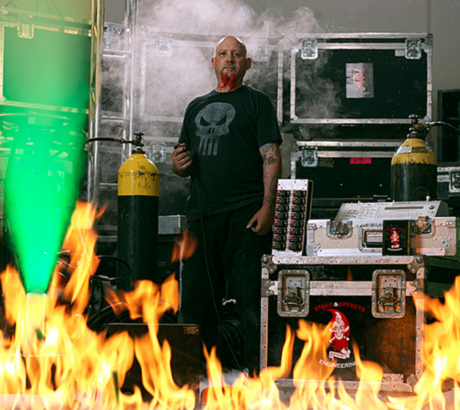
Joining Image SFX and Creating New Things that Go Boom
Pete Cappadocia was dead. A motorcycle accident in 1984 was apparently fatal — “apparently” being the key word. He broke his skull, ribs, bruised his heart and died — clinically — in ICU before getting started back up again. But the hard-charging pyrotechnics specialist who had already enhanced the visuals of bands like Kiss instinctively treated his life like he treated his career: As a never-ending series of transitions. Once he was up on his feet, his friends joked he should get a tattoo on his head with an arrow pointing skyward and the words “this end up.” He did. “It was so if someone found me on the side of the road again, they’d know to set me up straight,” he winks. “But it is also a nod to what you find on the road cases I’ve been around my entire career.”
And what a career he’s had, as a pyro technician with the likes of AC/DC, Guns N’ Roses, The Rolling Stones and countless others. He served the “prince of darkness,” Ozzy Osbourne, for two decades. Early in his career, he was back home on Long Island, NY on break when he got a call from a friend with a small lighting company for some help. There he met a 15-year-old magician who was pestering him all the time with questions on how to do things. “He wasn’t paying me — but I’d give him tips, because I didn’t want him to hurt himself.” That kid was Criss Angel, who eventually would pay him, becoming another longtime client. Live TV events include Travis Pastrana in Evel Live, where he replicated three of Evel Knievel’s jumps in one day.
PLSN caught up with Cappadocia after he returned from the 31st annual Western Winter Blast Pyrotechnics Show in Lake Havasu City, AZ. He went mostly for the celebration of life for pyro pioneer Tom DeWille, who was murdered last October in what authorities called a family feud. “We put some of his ashes in a 16-inch firework shell and shot it off,” Cappadocia said. “That’s almost the standard for what to do when one of us dies.”
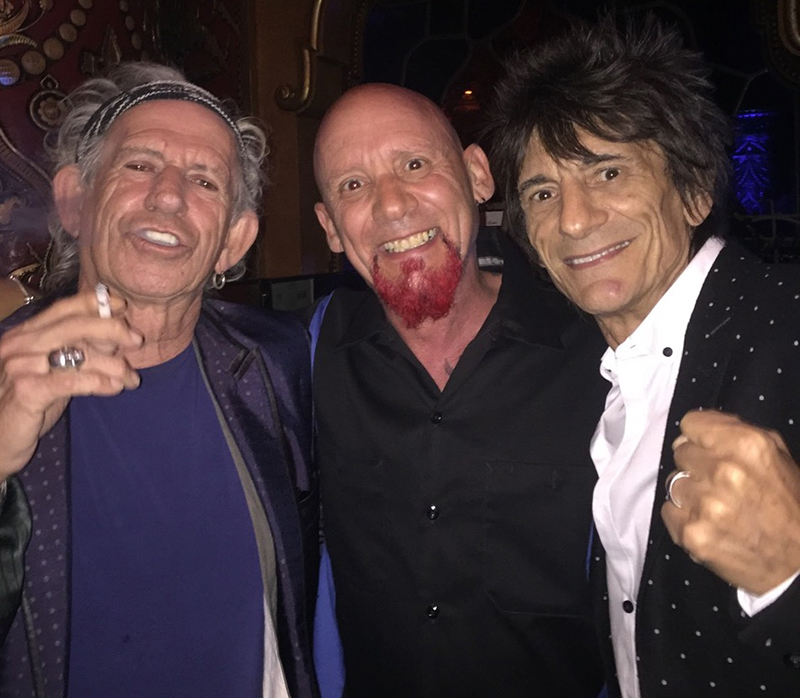
Right Place, Right Time
Born on Long Island in 1960, the man who would go on to earn arguably the coolest nickname in the business would, like so many others, stumble into the business that he didn’t know even existed. He was studying technical theater at Hofstra University on Long Island when a chance meeting with Rob Vivona occurred. “He was doing special effects for Wendy O. Williams’ Plasmatics, and they needed another crew guy,” he says. His “training” involved “stuff that would get you arrested in two minutes today.” Vivona and crew would go on top of a roof in Manhattan and experiment with explosives and effects, shooting it over the New York skyline before going out on tour. But Vivona realized he didn’t care for the road and wanted to stick with his day job in TV and film. So Cappadocia dropped out of college and started touring. “I told my parents that I was dropping out because I had a [theater-related] job and told them if it didn’t work out, I’d go back to school.” Cappadocia pauses and adds quietly: “I hope it works out because, at 59, I’d hate to go back to college.” (Spoiler alert: He won’t be needing to go back to no stinkin’ college.)
The special effects work with the Plasmatics quickly got noticed by other acts, and on his own, Cappadocia started buying products — specifically from DeWille’s first company, Luna Tech. In 1982, they met in person when DeWille was on the road handling effects for Kiss and the Plasmatics opened for them. Realizing that Cappadocia was the dude buying a lot of their products and obviously impressed with his work, DeWille asked him to join the company. Off went Cappadocia on tour with Kiss followed by Def Leppard’s appropriately named Pyromania tour, followed by AC/DC, Judas Priest, Iron Maiden, Mötley Crüe and Metallica … all quickly cementing the 20-something kid’s rep as the go-to for pyro on heavy metal acts.
After a few years with Luna Tech, DeWille wanted to move toward Michael Jackson and other pop acts. So with the shake of a hand and a round of “good lucks,” Cappadocia went out on his own. He then pretty much was Pyro Pete, a guy who did pyro. “This was still during the days when there were just pyro techs out there on their own, getting their own gear and gigs,” he explains. He kept his roster of heavy metal acts, adding more like Guns N’ Roses (another act he still does). But as work continued to explode, particularly with GNR, he bounced around working with other companies, pulling from their inventory and crew base. Finally, it just got to be too much to be just a guy who blew things up, so in the mid 1990s, he partnered with Dave Greene and Elia Popva and formed Stage and Effects Engineering (SEE). That company thrived for 20 years. It allowed him to expand into more effects for big name stars like Janet Jackson, Cher and Tina Turner, while still managing his long-time loyal clients. The team could have two or three quality crews with quality gear out at a time. Meanwhile, the competition was growing.
“At this point, production managers would put tours out to bid,” he says. “And if you want something cheaper, put it out to bid. Cheaper companies came along, hungry companies that had nothing else going on so they could low-ball it, and we’d lose acts like Mötley Crüe for a few tours, only to get them back again.” To make those low-ball numbers though, maybe those cheaper companies sent three crew members out when it really needed four and sent gear out that didn’t meet Cappadocia’s quality standards. “God bless Guns N’ Roses, The Rolling Stones and AC/DC, because whenever they go out, they just call me!” Along the way during this period, he got into commercials, videos and a little movie work including Rush Hour 2 and the most recent Bourne series movie, Jason Bourne. Plus, there were all the seasons of Criss Angel Mindfreak. By around 2015, Cappadocia says, Greene wanted to retire and Popva wanted to focus just on TV and movies, leaving just him as a principal at SEE.
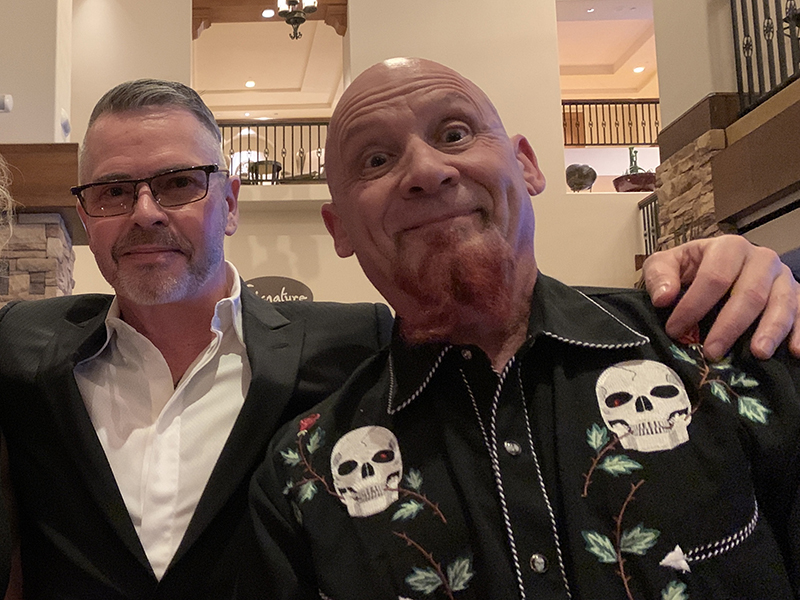
Joining Image SFX
All through Pete’s career, the big kid on the block was special effects firm Pyrotek Special Effects. “They were always the biggest, but I never wanted to be the biggest,” Cappadocia says. Owner Doug Adams had had enough (or at least thought he had) and sold the landmark special effects company back in 2010. When his non-compete clause ran out seven years later, he found himself picking up the phone and asking Cappadocia to lunch. “He wanted me to build some flame gear, and I said, ‘I got a better idea — buy my company!’” Not only did he, but a merger with Image Engineering, a Baltimore-based laser company happened. Image SFX was born.
Pyro Pete has all the toys and gadgets he could want. “We have lasers, pyro, confetti, flames — all of it. We have an East Coast office and a Las Vegas office.” Vegas, where he is based, has a 10,000-square foot warehouse with a demo room. Back in Maryland, there’s a 60,000-square-foot shop where they build the big shows. Lately they’ve been busy with their collective longtime clients like Paul McCartney, Guns N’ Roses and the Rolling Stones while adding other big shows like BTS and Trans-Siberian Orchestra. Image SFX has grown so quickly they’ve even had to politely turn down some acts. “It might seem a little crazy, but we do not want to take on too many tours and not be able to service them properly,” he says. But what Cappadocia is really excited about is what they are bringing to the market — which is new toys. They are making new products, but not to sell — you have to either hire Image SFX or possibly find it when they rent to another reputable special effects company.
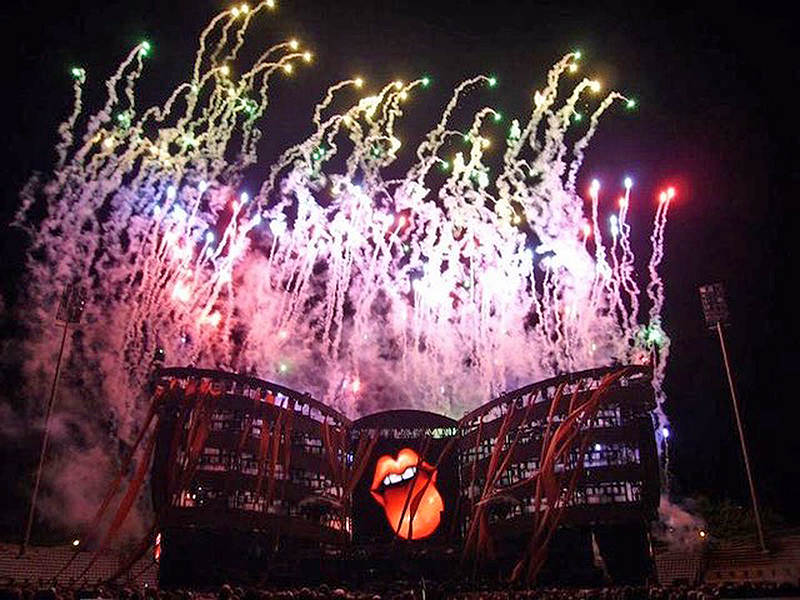
Crucial to their business plan going forward is creating unique products. “We just created a flame system going out with TSO that is a liquid flame system with five heads,” Cappadocia says. “Each individual head is articulated and moves independently.” Also for that tour is a propane version, which is similar but with a sixth moving head. “What we did is combine what we know about pyro and worked with the laser division combining the best of both technologies. We develop the pyro and the body and sent it to Baltimore for them to build the moving parts. It’s a great marriage as we work on the nuts and bolts of a new product and they work on the moving parts and electronics because that’s what they do so well. We are turning out some interesting effects, and it’s only going to get better. We’ll be unveiling other new systems. Building cutting-edge gear is important to our business plan and growth.”
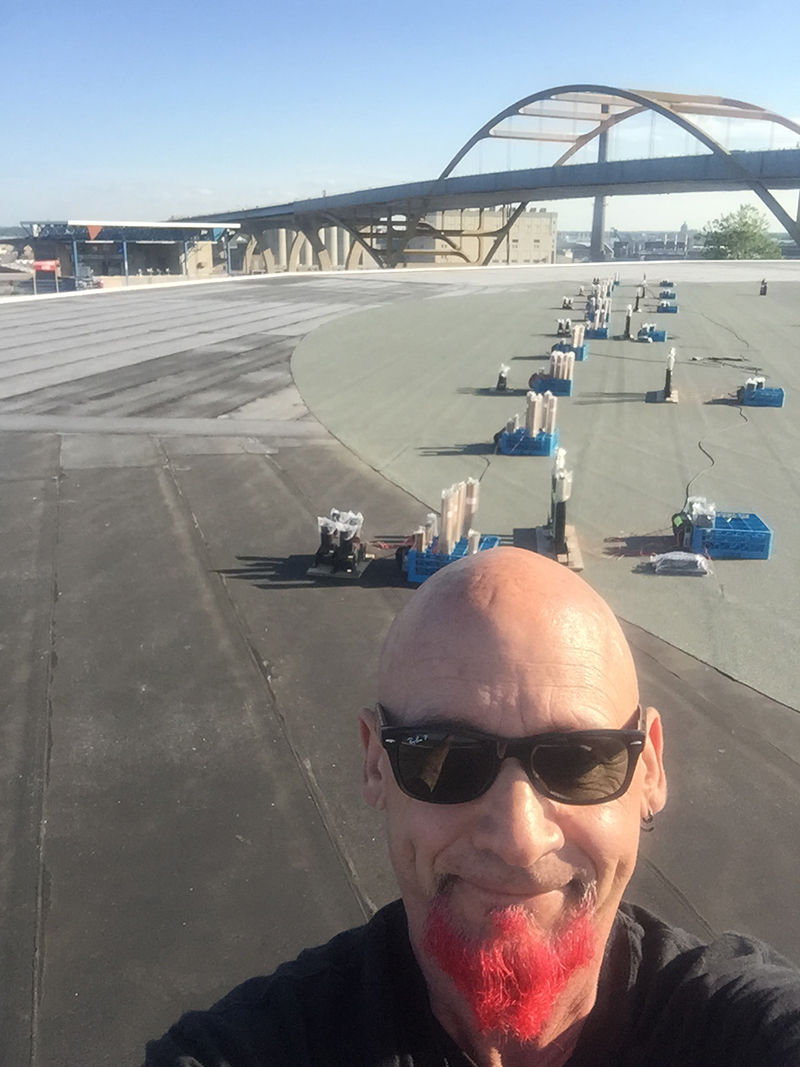
A key priority, of course, is that it’s all going to happen safely. Cappadocia sits on the National Fire Protection Association (NFPA) committee and bases his recommendations on his years of experience. Cappadocia’s “safety first” philosophy costs him a gig once in a while, which he has no regrets about. He tells one story involving Mötley Crüe, which … wait for it … wait for it … includes bad choices and an embrace of excesses. Nikki Sixx wanted his bass to shoot flames. Fair enough. “But we put a wireless dead man [off switch] on it and explained the parameters” which included basics like he couldn’t shoot the flame over the crowd, couldn’t let it get within 20 feet to anything on stage, etc. When Sixx did — and he did — the pyro crew would hit the kill switch. Well … Pyro Pete got yelled at a lot, and eventually the band went with a different company that “doesn’t care for the NFPA” and let the band get away with things. It led to fire marshals not giving permits to the band to play certain venues again.
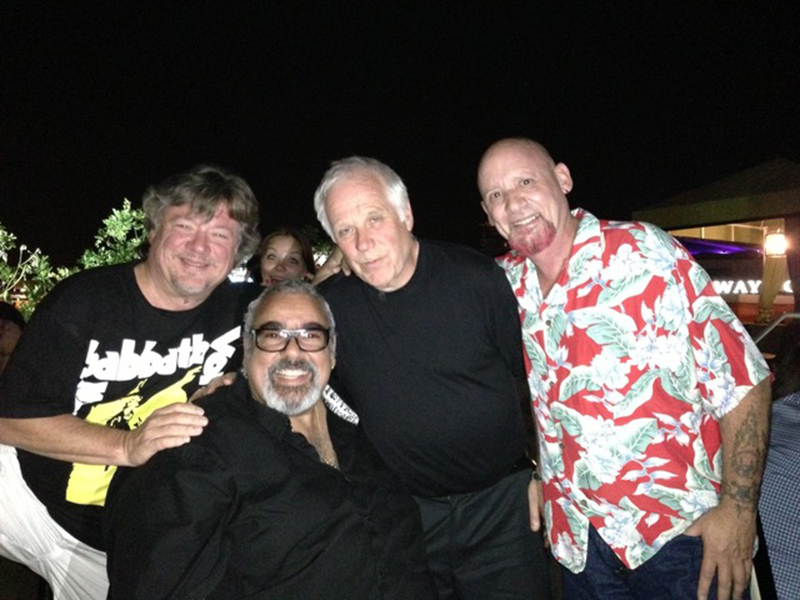
Otherwise, “there is still a lot of competition for special effects, but we’re scooping up the better people,” Pete says. “Shooters are coming over to us from other companies, and that is great news, because the emphasis on quality crew is important to us. We are also watching that we don’t grow too quickly. We don’t want to be snobbish, but while Doug has a big reputation and for years dominated the business, we need to be careful of what we take on.”
He’s clearly excited about the future. “Our philosophy is, we’re never going to be the cheapest, but we’re not going to be the most expensive either,” he says. “We want to maintain a standard of quality and never compromise quality or safety.”
For more info on Image SFX go to www.imagesfx.com.


